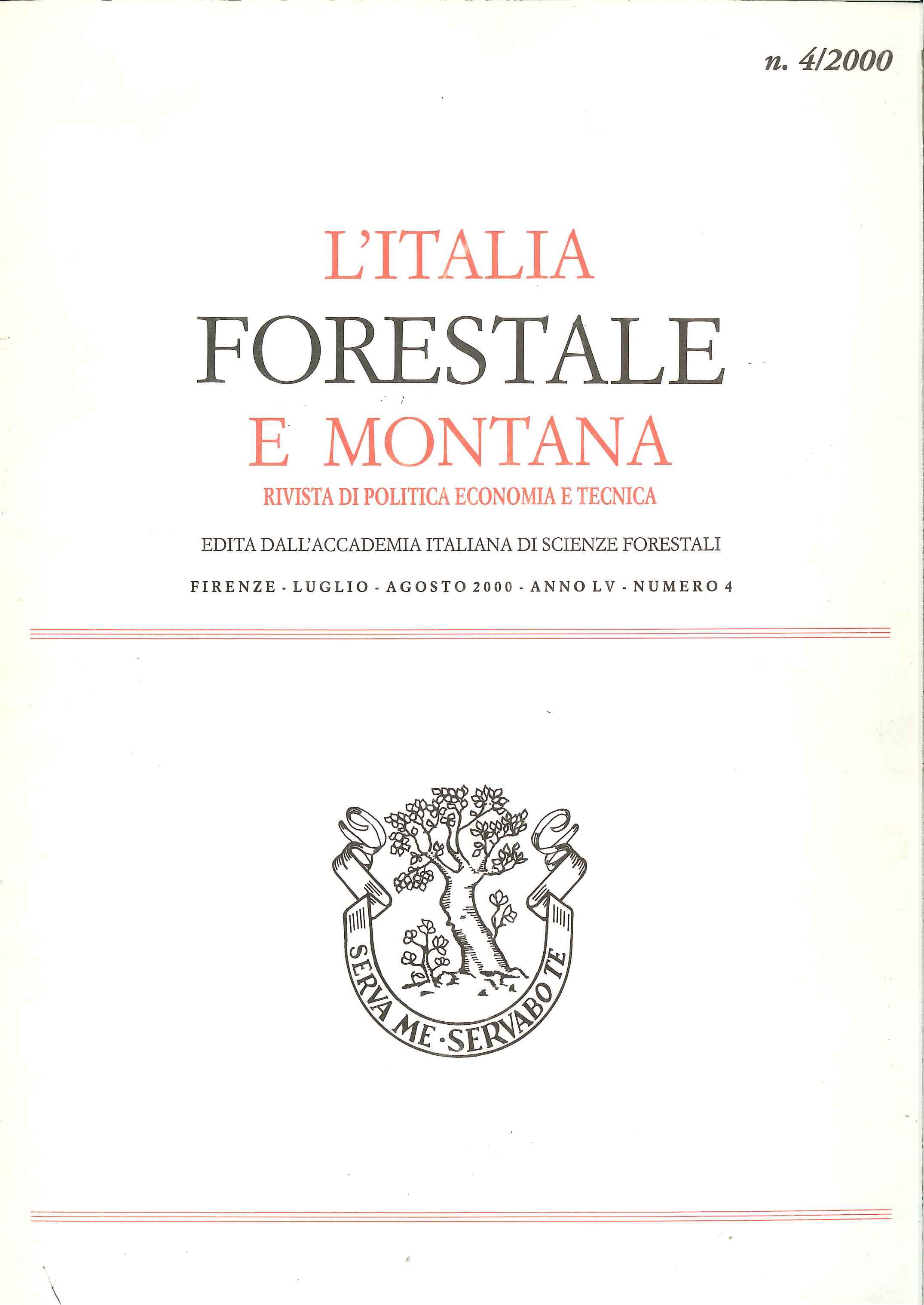Experimental tests to assess the impact of forest fire on soil erosion and surface hydrology (first results)
Published 2013-06-19
Copyright (c) 2013 Italian Journal of Forest and Mountain Environments

This work is licensed under a Creative Commons Attribution-NonCommercial 4.0 International License.
Abstract
Forest fire research and its related issues impose to face complex problems that often can be studied thoroughly only joining together different expertise. The collaboration of different specialists becomes particularly necessary when topics such as fire effects in forest land are examined. An example of such a topic is the study of hydrological and erosive process modifications induced by the fire in forest ecosystems. In this framework it is placed the research here presented, that was carried out in Calabria in 1999, in forest stands of Pinus laricio Poiret. Experimental fires were set up to assess the impact of different fire fronts, characterized in their main parameters, on hydrological and erosive processes, and to verify the time after the fire needed to restore initial conditions. The first results obtained allow to assert that the fires induced substantial modifications in the study area, producing a sudden increase of surface flow and soil erodibility. Nevertheless, such modifications appear to be restricted to a period of time ranging between 2 and 6 months, still existing a margin of uncertainty in the time estimates. Furthermore, the results offer experimental evidence, with reference to the pedological aspects, in favour of the application of the prescribed fire technique also in our country.

